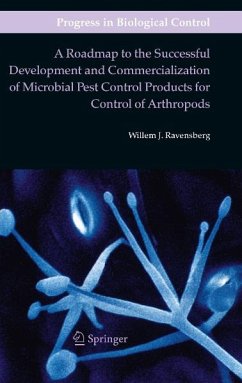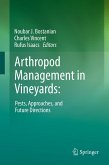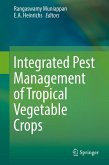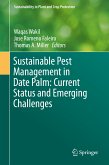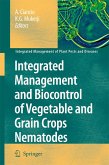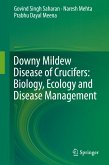For the first time, a rational and structured roadmap has been designed for the development and commercialization of microbial pest control products, based on entomopathogenic bacteria, fungi, viruses and nematodes, for the control of arthropod pests. The emphasis lies on strain screening, product development, up to successful commercialization, from a bio-industry's viewpoint.
The building blocks of the entire process are identified. The selection criteria for a microbial pest control agent are defined as well as critical parameters for the development of the product. Implementation of the product into an integrated pest management programme is pivotal for a substantial market uptake. Three phases are distinguished for successful adoption in the market: an appropriate application strategy, an optimal implementation strategy, and an effective adoption strategy. Key success and failure factors are identified. Registration is a major hurdle for biopesticides. Salient registration issues are treated and useful information presented.
The road to a successful microbial pest control product is designed. Diagrams illustrate the stepwise approach of the entire process. A future perspective on the biopesticide market is presented with limiting and promotional factors and trends. The significant drivers for success are food safety concern, new research and technology, changes in the regulatory climate, and the occurrence of new invasive pests.
This systematic roadmap with a strongfocus on economics and market introduction will assist academic researchers and industrial developers of biopesticides in accomplishing their goal: the development of successful cost-effective microbial pesticides.
Dieser Download kann aus rechtlichen Gründen nur mit Rechnungsadresse in A, B, BG, CY, CZ, D, DK, EW, E, FIN, F, GR, HR, H, IRL, I, LT, L, LR, M, NL, PL, P, R, S, SLO, SK ausgeliefert werden.
"As far as I know, no one has attempted this task in book form, and certainly not in such detail, and with so many real-life examples provided to document the conclusions. ... a valuable addition to the libraries of university, industrial and government researchers, as well as business persons, policy makers and regulators. ... Ravensberg analyzes both successful and failed products, identifying the factors shared by each. These analyses are instructive for researchers and companies who are embarking on new projects ... ." (Wendy Gelernter, Society for Invertebrate Pathology Newsletter, Vol. 44 (3), November, 2011)

